Lal Bikes' Did Efficiency Tests on the Supre Drivetrain - An Update

Lal bikes have been testing a twelve-speed version of the Supre drivetrain on a hardtail test bike (the last version we saw on a bike was 11-speed).
For those who don't remember, Lal Bikes' Supre drivetrain won Pinkbike's 2021 Innovation Of The Year award. It's the brainchild of Canadian engineer, Cedric Eveleigh, and the idea is to improve the reliability and efficiency of derailleur drivetrains for high-pivot bikes, by moving the chain tensioner pulley to the bottom bracket, out of harm's way. You can read about the details here or even more here, or find out why we thought it was the best innovation of 2021 here.
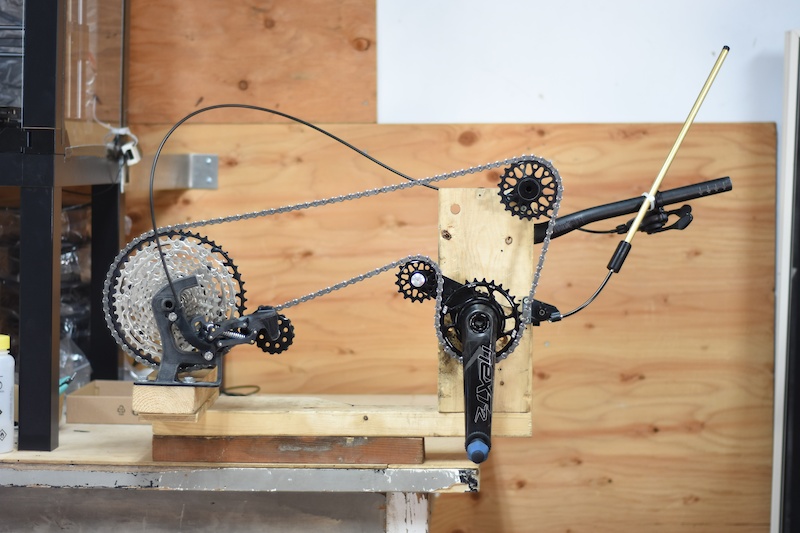
0% Loaded
1/3
Production bikes featuring the Supre drivetrain aren't due until 2023, but Cedric has been doing some interesting tests and we thought it was time for a little update.
One of Cedric's aims is to improve upon the efficiency of conventional drivetrains on high pivot bikes. Because the chain passes over the idler wheel while under a lot of tension, high pivot bikes are less efficient than conventional bikes, and so a little slower uphill. In a recent test, I found a high pivot bike with an idler was about 2% less efficient than a comparable "low pivot" bike.
But Cedric claims to be able to narrow this efficiency gap with his drivetrain. That's partly because the gear-selecting and tensioning pulleys are larger than those in a conventional derailleur, and the larger pulleys mean the chain pins don't have to articulate through as much of an angle when they wind their way through them. For the same reason, the 22-tooth idler pulley is larger than most high pivot bikes, plus it's further away from the cassette, which minimises cross-chain angles at either end of the gearing range. Finally, the frame-mounted tensioner uses a hydraulic damper instead of a friction clutch like you'd find in most derailleurs; this allows the chain tension to be reduced, without causing excessive chain slap, and lower chain tension further reduces friction.
To prove the efficiency of his drivetrain, Cedric tested it on a purpose-built test rig in Germany, alongside a conventional derailleur drivetrain without an idler. He also tested a high pivot drivetrain with a conventional derailleur, but the same large idler pulley that the Supre system uses, placed at the same position relative to the cassette (you can think of this as a best-case scenario for a drivetrain with an idler and a normal derailleur). According to Lal Bikes, the Supre drivetrain was on average about 0.9% less efficient than a conventional low-pivot derailleur drivetrain, but slightly more efficient than the "best-case" high-pivot drivetrain with a conventional derailleur.

According to Lal Bikes, their Supre drivetrain only wastes 0.9% more of the rider's power than a standard low-pivot derailleur drivetrain, and it's slightly more efficient than a high-pivot drivetrain with a standard derailleur, even one using the same oversized idler pulley as the Supre system.
The advantage compared to the "best case" high pivot drivetrain may be tiny, but given most high pivots use 16-18 tooth pulleys (not 22-tooth), have the idler closer to the cassette, and in many cases also require a lower roller guide, the real world efficiency of many high pivot drivetrains could be considerably lower. If the efficiency test I did is anything to go by, a conventional high pivot with a 16-tooth idler and a lower guide is around 2% less efficient than a conventional low pivot drivetrain. Whereas, according to Lal bikes' numbers, the Supre drivetrain more than halves this disadvantage to less than 1%.
As always, take any manufacturer's claims with a pinch of salt (even if they have a nice graph), but it seems reasonable to assume the Supre drivetrain will be more efficient than existing high-pivot systems. Given its main selling point is the promise of better reliability, that's a nice bonus.
Author Info:
Must Read This Week
Sign Up for the Pinkbike Newsletter - All the Biggest, Most Interesting Stories in your Inbox
PB Newsletter Signup
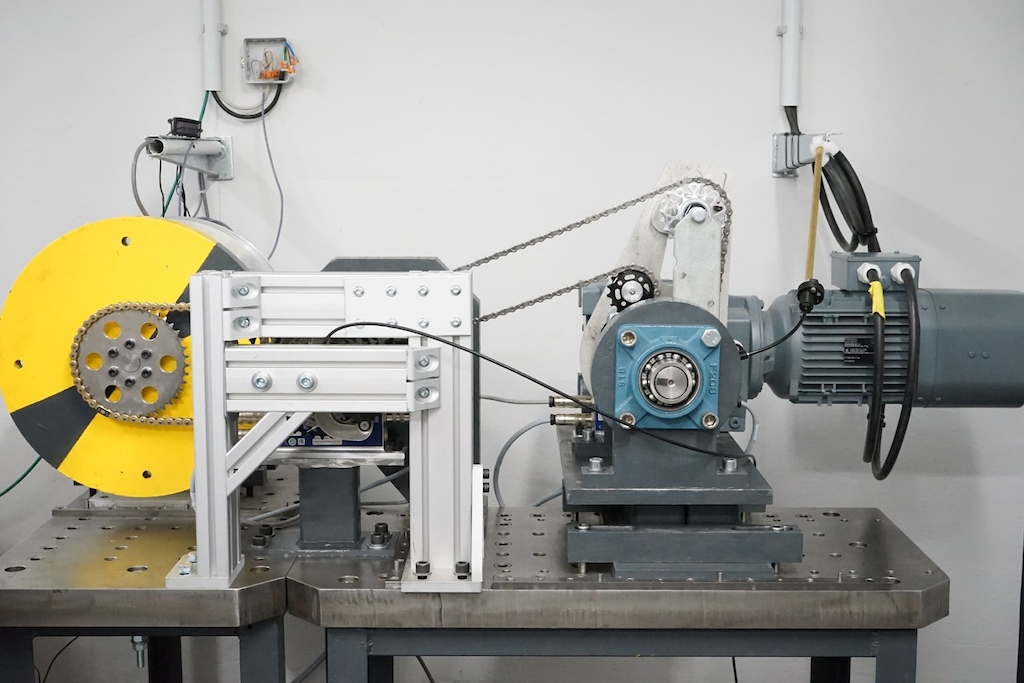

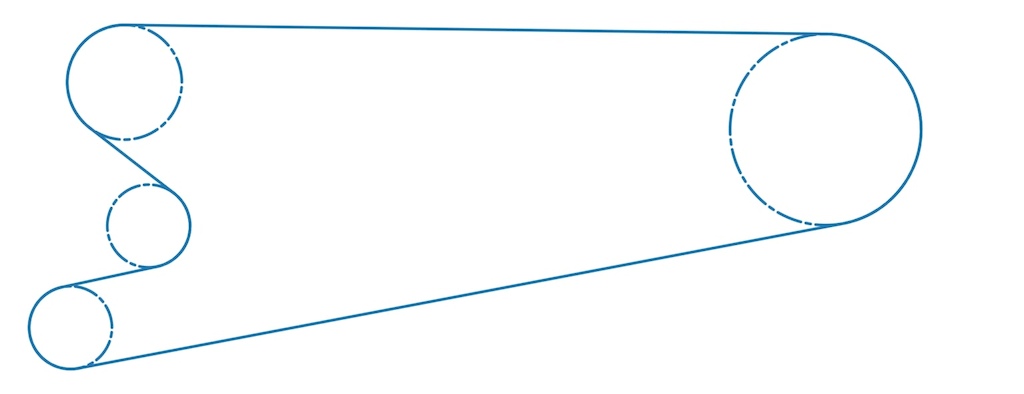
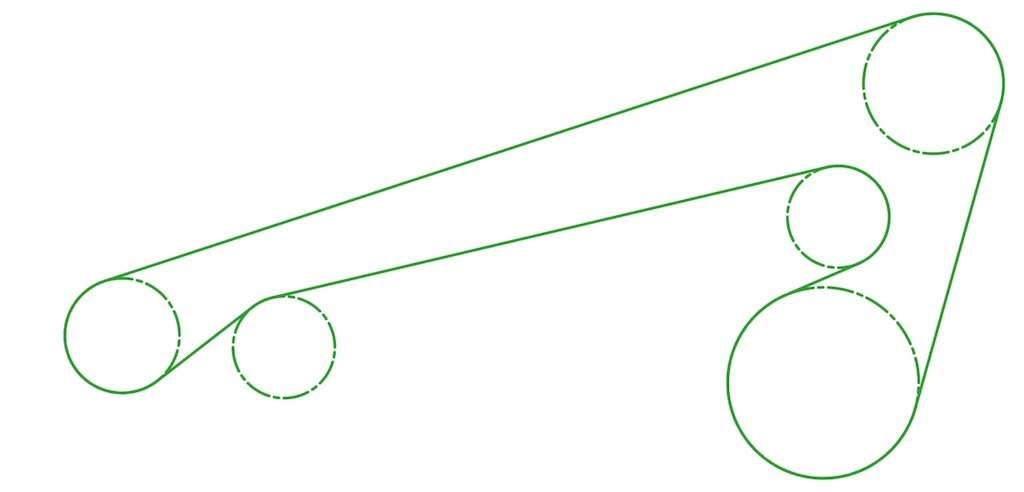
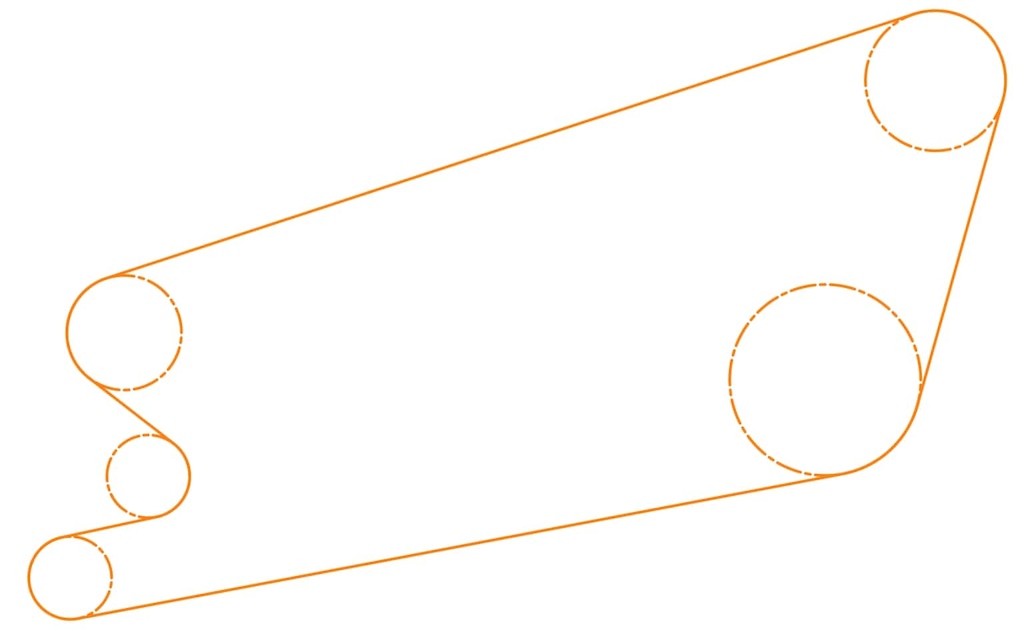

 Member since Dec 29, 2014
Member since Dec 29, 2014
✅There is no exposed derailleur to get hit by rocks or catch a stick and damage the drivetrain.
✅The derailleur is out of the way so water from puddles won't splash on your chain so easily and contaminate your drivetrain, so your chain should last longer.
✅Your derailleur isn't near as likely to get bent out of alignment, so shifting is more reliable overall.
✅Because the chain isn't as likely to get hit by rocks or other obstacles, it's l likely to get tweaked or broken, leading to a more reliable and safer drivetrain. Less likely to break a chain in your race run.
✅The increased overlap of the chain on the rear cassette means you aren't as likely to have chain skipping problems when you put a new chain on an old cassette.
✅High pivot bikes aren't pretty, but the bike looks better without the rear derailleur hanging down almost to the ground.
- You need a special derailleur produced by a small company
- Works only on high pivots, so quite a niche product and will remain niche forever
- Bike using it probably will not work with normal derailleur, so when the company runs out of business your bike is a garbage
So in general you bet that it will never break (or you'are gonna wait for parts because no one will stock them) and that this niche company will survive at least your bikes lifetime.
This is a great idea, but it must be able to get wide adoption to make any sense.
✅ No more frivolous class-action lawsuits!
More cassette wrap is not really going to help with an old cassette and new chain. It doesn't skip just because it's worn, it skips because it's worn to a different chain pitch. Having more chain of the "wrong" pitch in contact isn't going to help, might make it worse.
I think the overlap would help. Even with the different pitch, you are going to have more friction and force resistance with more overlap.
✅More force resistance on the chain should also help with chain life, because the forces are more spread out over more link pivots.
The derailleur can be mass produced. High pivots are desirable for descending fast, definitely not a niche product now and set to be even more popular in the future with this invention.
Any word on if this will be a new bike built by Lal Bikes' or a collaboration with an another brand?
Check his last insta
I actually just re-installed the lower guide today to see if there is any noticeable difference...
It went on with discbrakes, droppers, inserts, 1x11 etcetcetc. Now i bought an O-chain, total overpriced crap, noone needs, (complete rippoff). First ride on a fairly high pivot bike without idler: turns out its absolutely great for enduro / dh riding suspension works way better. Destroyed my best time on my hometrack,i have been riding for seven years now, on the first run.
Next day all naysayers reunite here to bash supredrive ("whats the problem", complicated, expensive, jadajadajadajada).
Yes some things dont work, but you dont know until you try and the probability of a small group of passionate bikenerds wanting to rip you off is pretty small.
Just try and until you did stfu.
I like speed but I also want to enjoy myself when I’m not going fast and don’t want to have to replace proprietary parts when something breaks.
In 1st gear you just have the HP itself & the clutch, both with large radii which would seem equivalent to a standard derailleur regarding overall drivetrain losses.
Is there additionally a friction loss resulting from the number of total teeth engaged at any moment? Does a longer chain cause more friction? I feel like the efficiency loss in 1st gear needs to be understood to determine what it would take to get the efficiency down everywhere. Really with the improved chain angle I might have guessed 1st gear efficiency with the Supre to even be better than a standard derailleur.
If the Supre can get within a hair of the efficiency of a standard derailleur and the chain remains cleaner to boot meaning efficiency stays higher for longer in the real world, it's really a slam dunk.
In my limited experience, current HP bikes give up too much efficiency to make good trail/ AM bikes as they sit.
You make a good point that the Supre Drive remains cleaner. The chain's farther from the ground and doesn't drag on the ground like what we see in some huck to flat videos with conventional derailleurs.
Out of curiosity, what was the chainline for the tests?
Another cool thing to see would so see a frequency spectrum. Seeing as we are talking about dampers it would be cool to see frequency domains of the different systems.
Doing multiple tests at different power levels would be a great way to clarify this.
There is a big difference between losing 2% of any effort and always losing 4watts, but at 200W these might appear to be the same thing.
More mtb need powermeters (imo, otherwise it's all about pb comments and feeling* the resistance arbitrary)
It’s seriously laughable…..and sad all at the same time.
Meanwhile there’s literally millions of people out there somehow shredding on “less efficient” systems with less worry and complexity.
Someone asked for this innovation, the guy who made it.
No one is saying the others systems don't work, this is just an alternative. I suppose you would have said the same bullshit when narrow-wide rings came out, and clutch mechs, and 8, 9, 10, 11, 12 speeds. And index shifting, and trigger shifters. Every single time, there were people absolutely shredding on the old systems, but someone had an idea to make it "better" (maybe, hopefully; considering better is both relative and subjective) and they worked to make it real. And then people started shredding on the new systems, and maybe since they also lowered the barriers to entry and also made things more reliable and/or flexible, they helped got even more people shredding, period, and everyone was shredding even more as well.
I think every opinion is valid, especially to the guy/company that’s putting their money on the line.